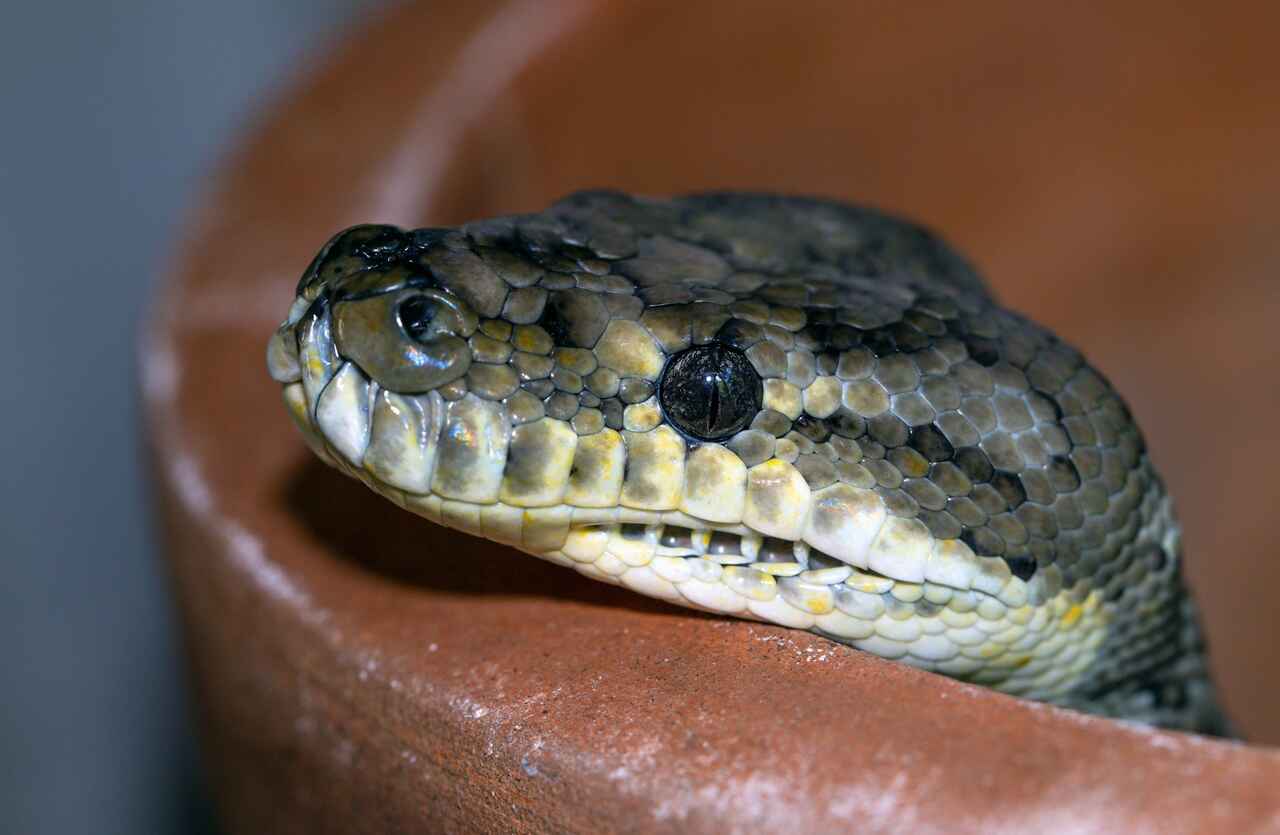
Did you know that snakes can still bite and kill even after decapitation? Keep reading to understand more about how this can happen and how long snakes can remain dangerous even after death.
According to experts, when a snake bites, compression muscles squeeze a venom gland in its cheek, which is connected to its fangs through a duct. The venom travels like a syringe through the prey to reach its target.
Since “envenomation” requires the contraction of a muscle, how can decapitated snakes do this? It all comes down to the fact that snakes are energetically efficient creatures, according to Christina Zdenek, a snake specialist at the University of Queensland.
“A resting snake can breathe only five times per minute, so they already have low oxygen needs. It doesn’t surprise me that they can still have these post-mortem reflexes for quite a long period,” explained Dr. Zdenek to ABC Science.
This means that even when the heart stops beating, tissues can retain enough oxygen to allow nerves to fire, triggering a biting reflex if you place a finger inside or on the snake’s mouth.
Even after death, how long do snakes remain dangerous?
In the mid-1900s, American herpetologist Laurence Klauber conducted a series of rather gruesome experiments involving snakes. He decapitated live snakes and, among other things, calculated how long after death the snake could still bite a piece of wood placed in its mouth.
According to Zdenek, one of the snakes bit the piece of wood and injected venom 43 minutes after its death. This bite “was certainly powerful enough to have driven the fangs into the hand and could very well have caused a serious mishap,” wrote Klauber in his 1956 book, Rattlesnakes: Their Habits, Life Histories, and Influence on Mankind.
However, some snake toxins are incredibly stable molecules and do not readily degrade, so they can cause problems for months after death. In the 1980s, a 22-year-old man went to the emergency room after a fang from a dead rattlesnake pierced his finger.
The snake, which had been dead for seven weeks, was frozen, then preserved in salt, and then immersed in glycerin. The man was mounting the snake’s head when one of its fangs shifted and became lodged in his finger for just a few minutes. During that time, some residual venom entered his body.
He was treated and survived, but felt dizzy and weak, his hand and forearm swelled, and his hand and face felt numb and tingling. Therefore, try to avoid killing and handling dead snakes as much as possible, advised Zdenek. But if it’s not possible, at least try to stay away from their fangs.
This content was created with the assistance of AI.

